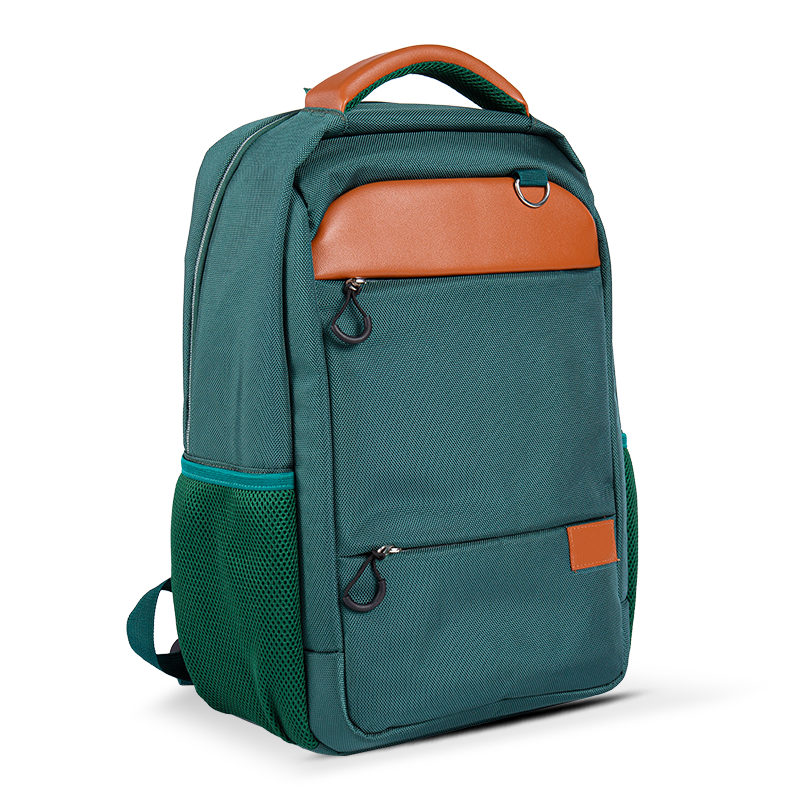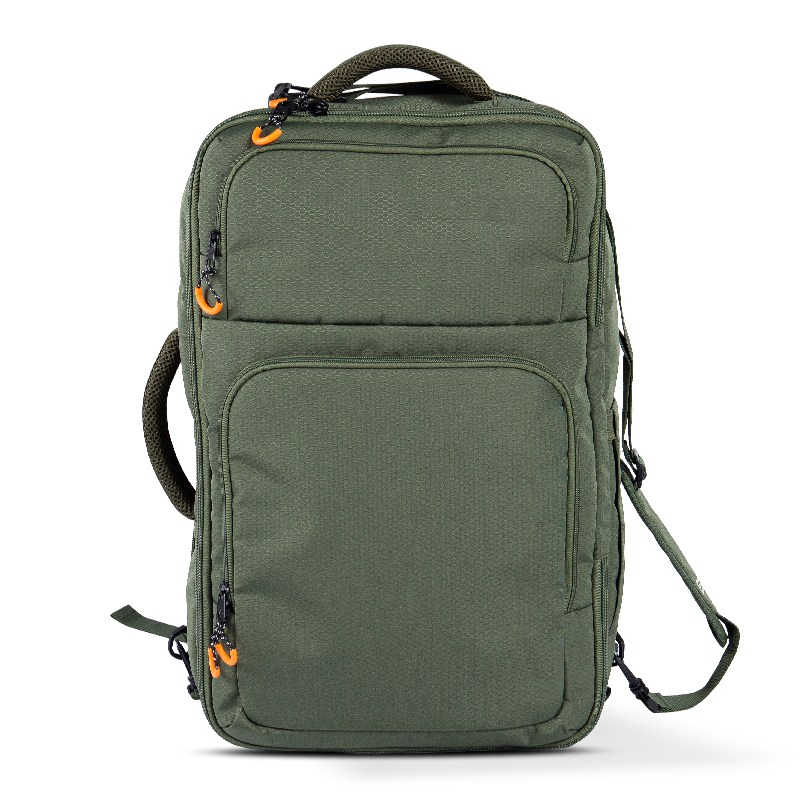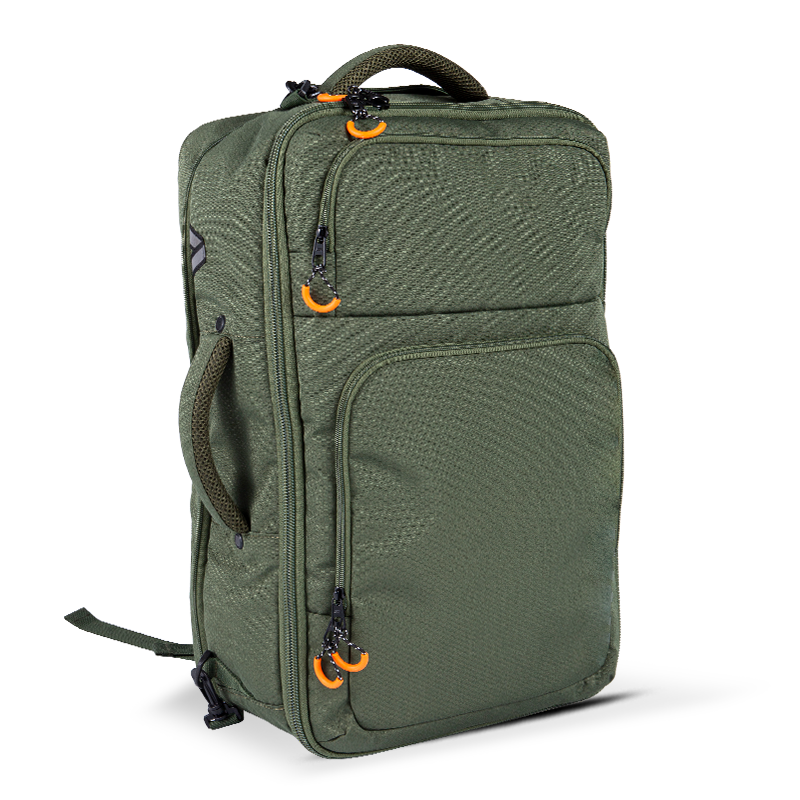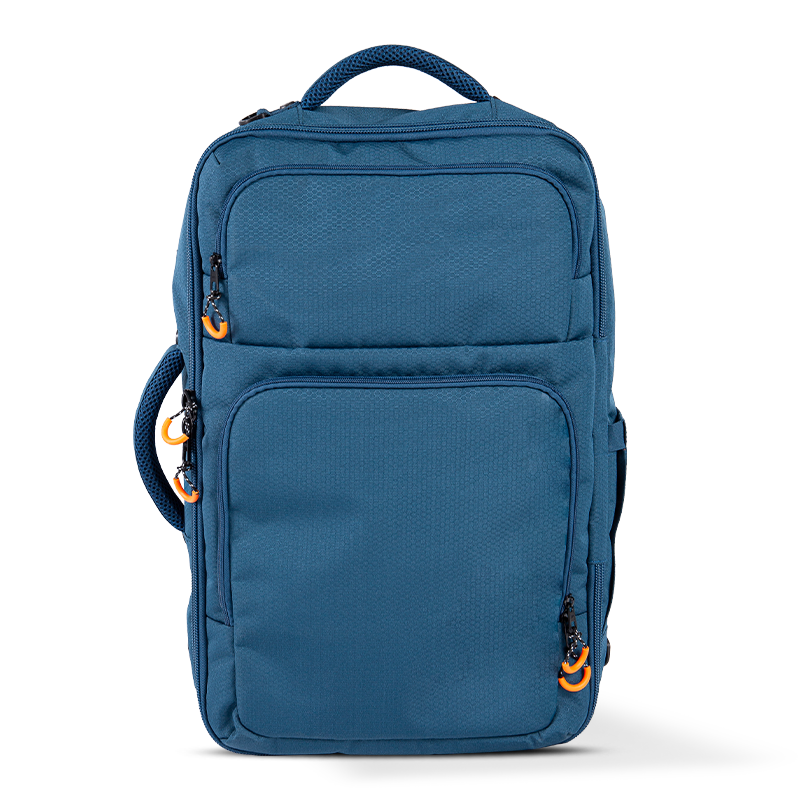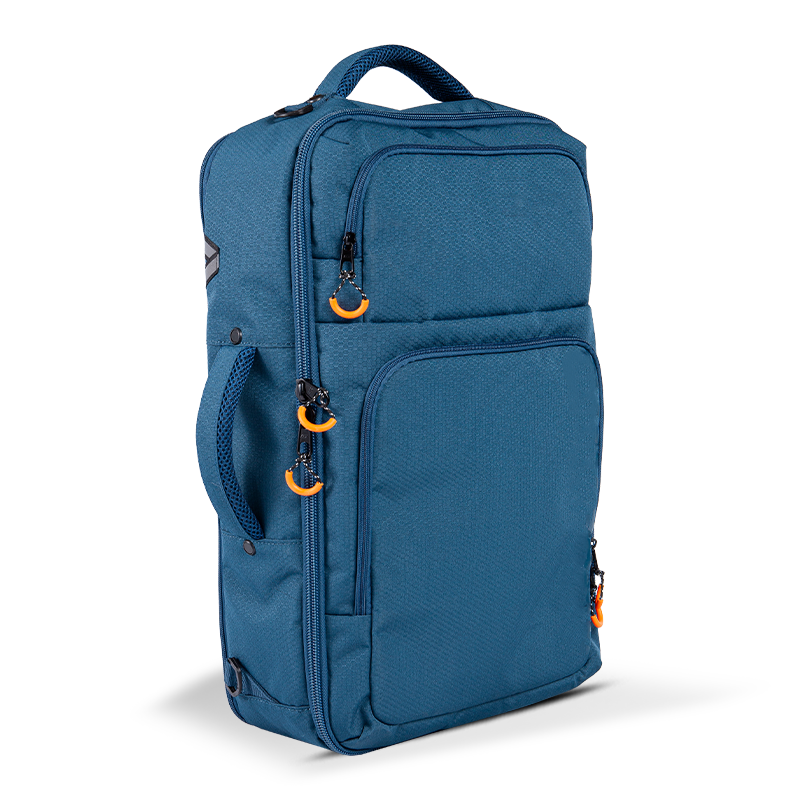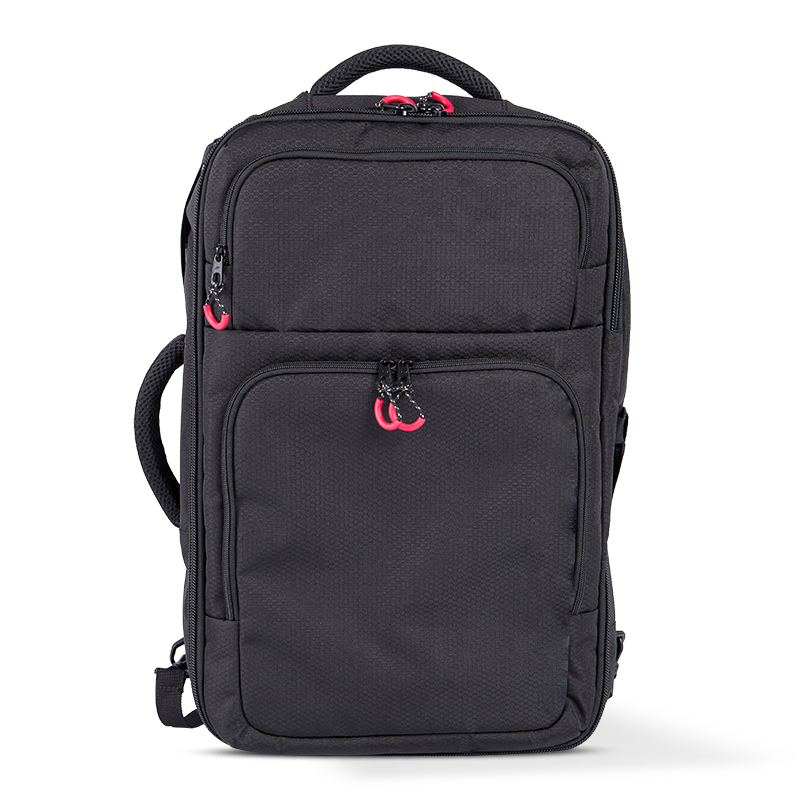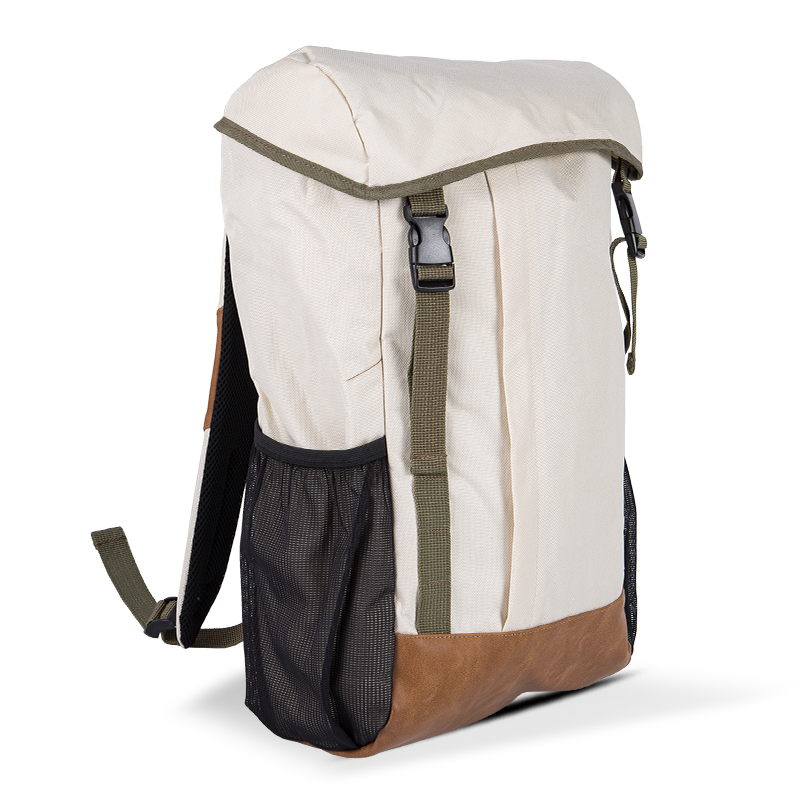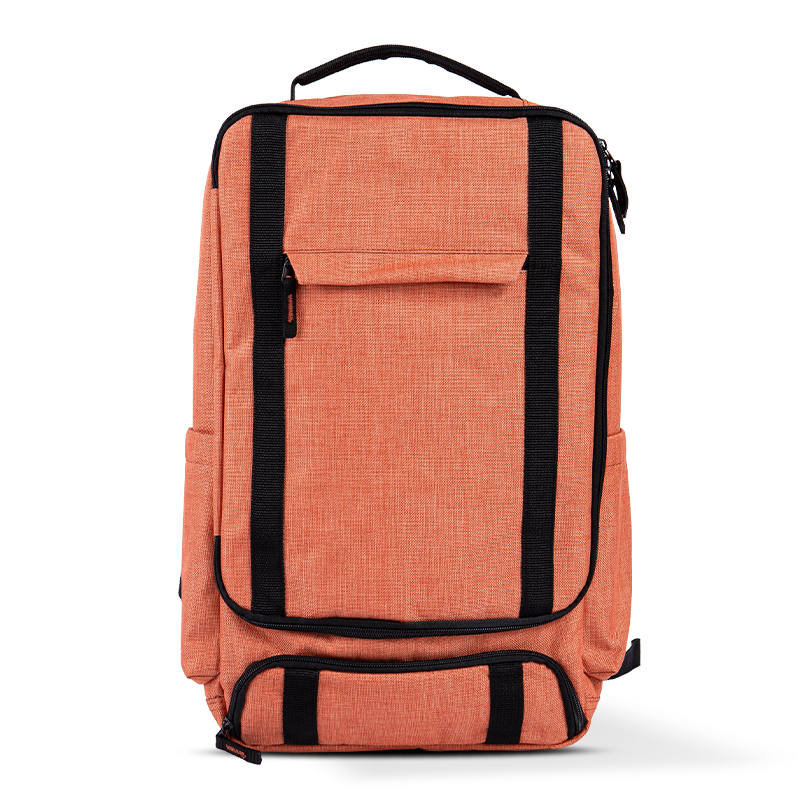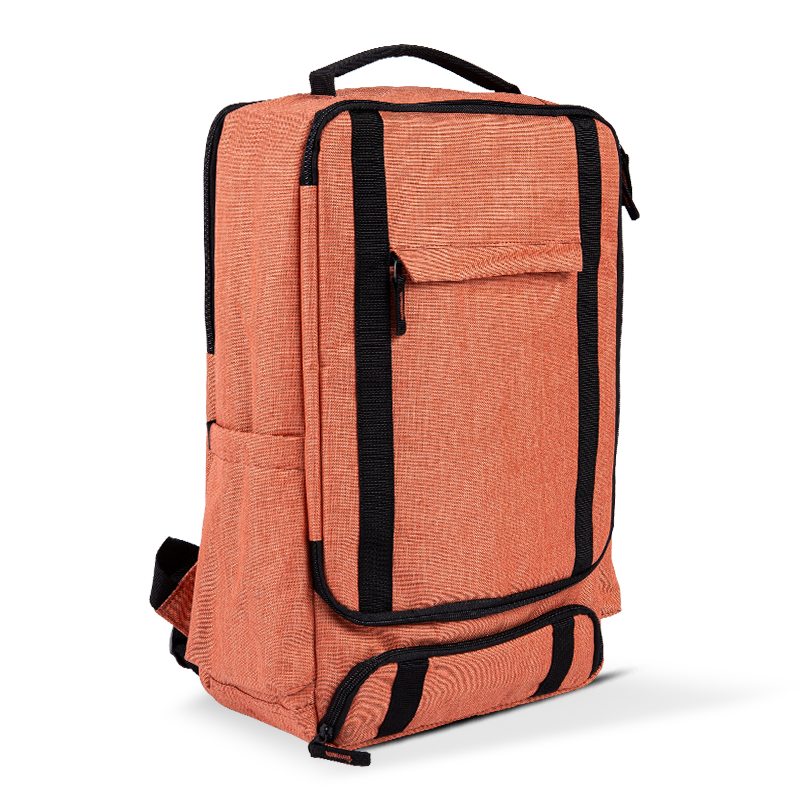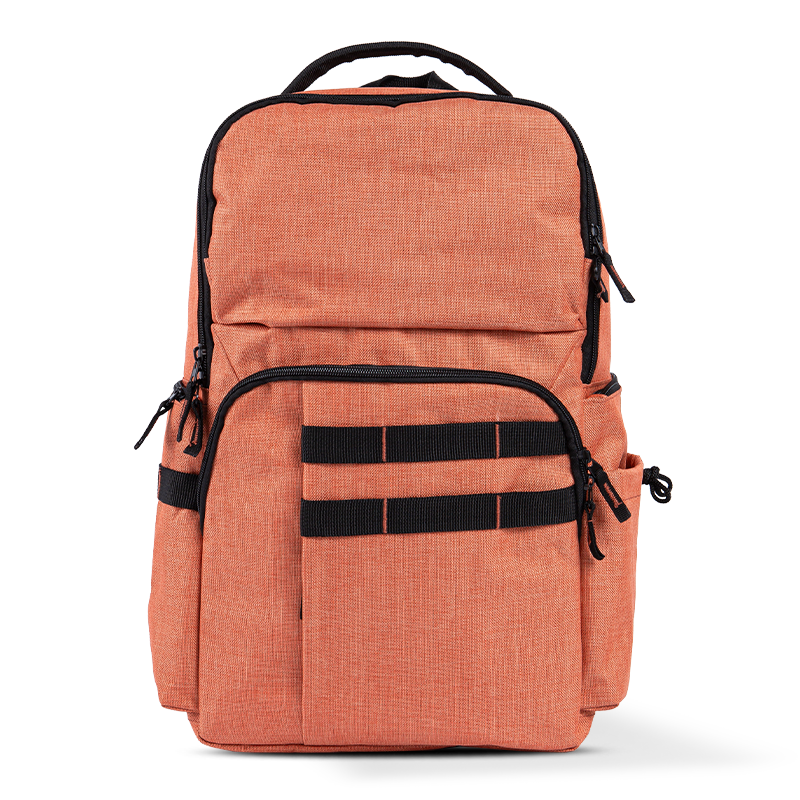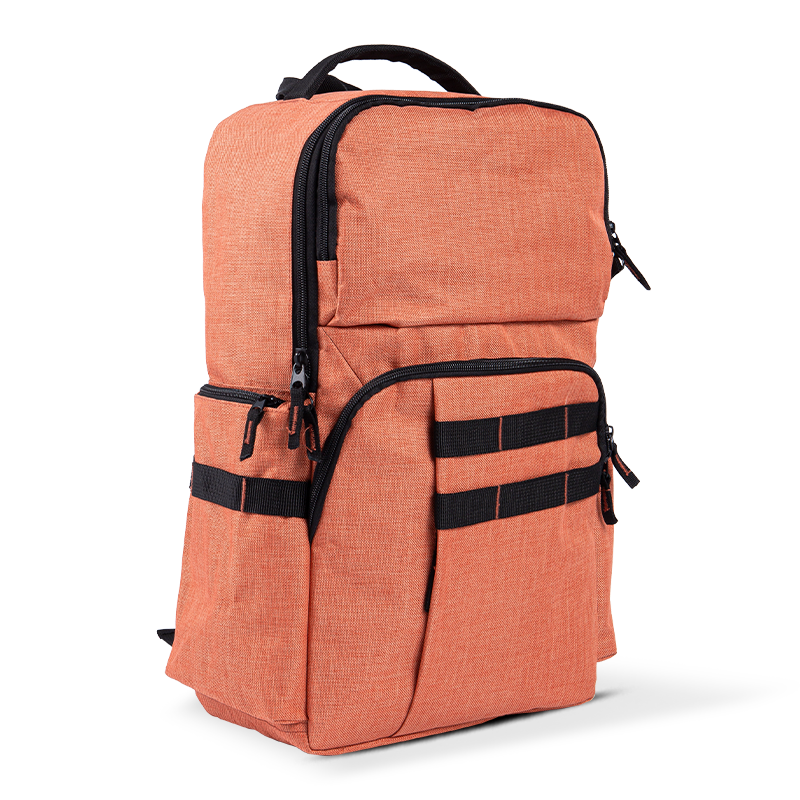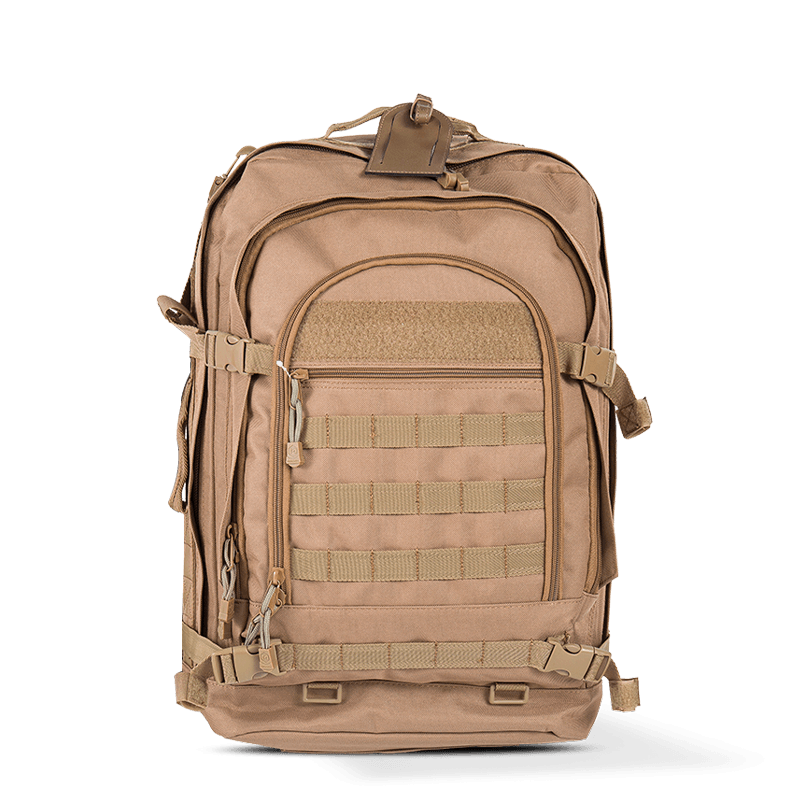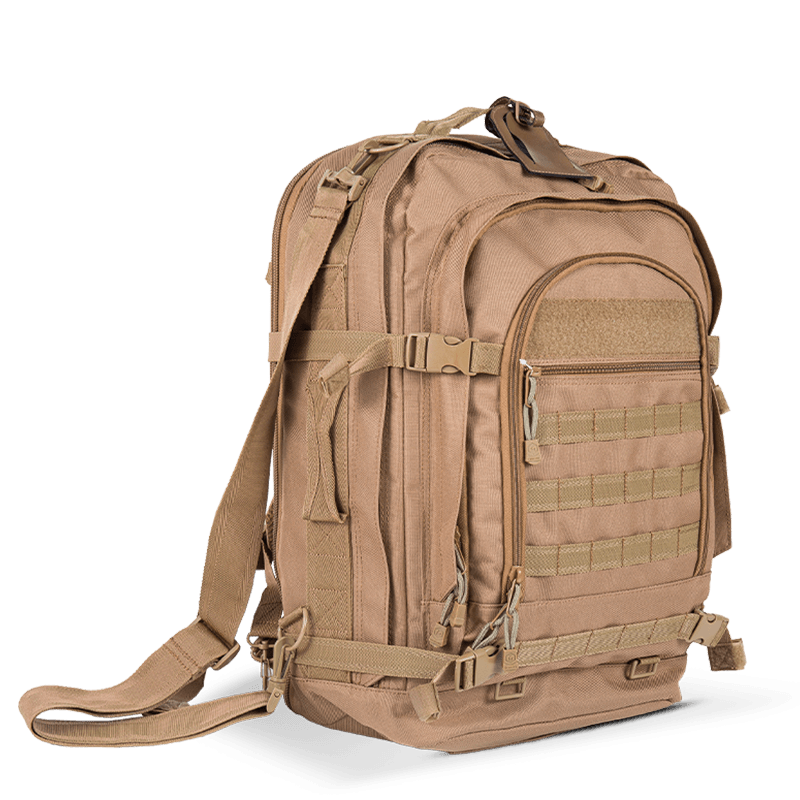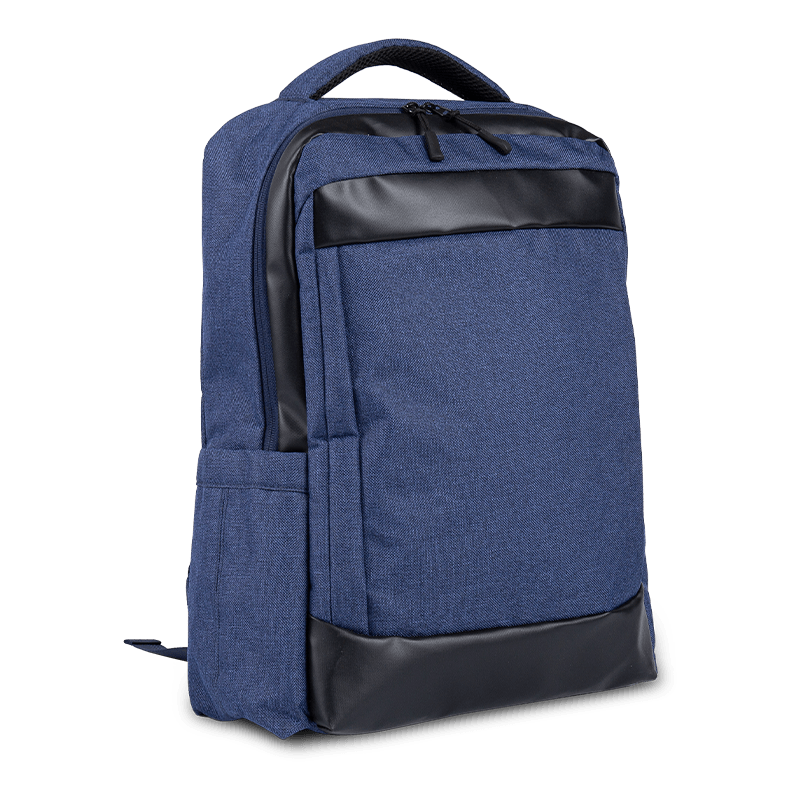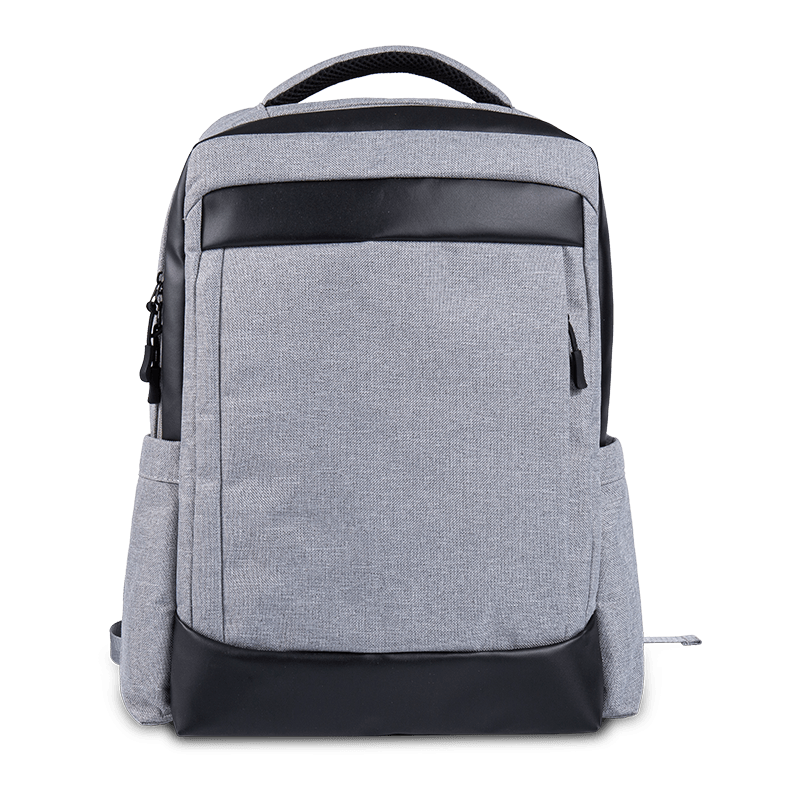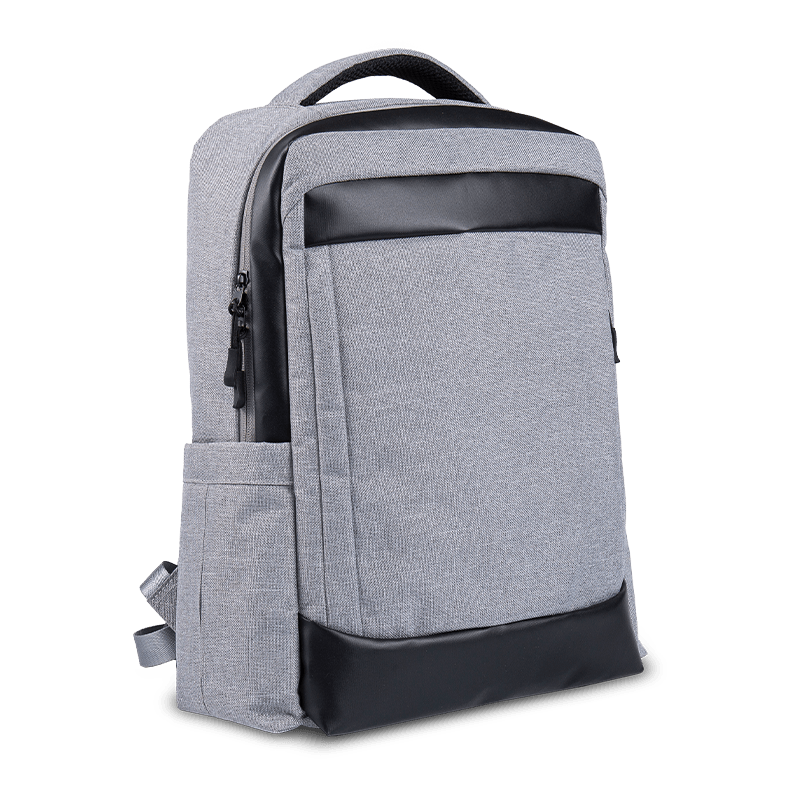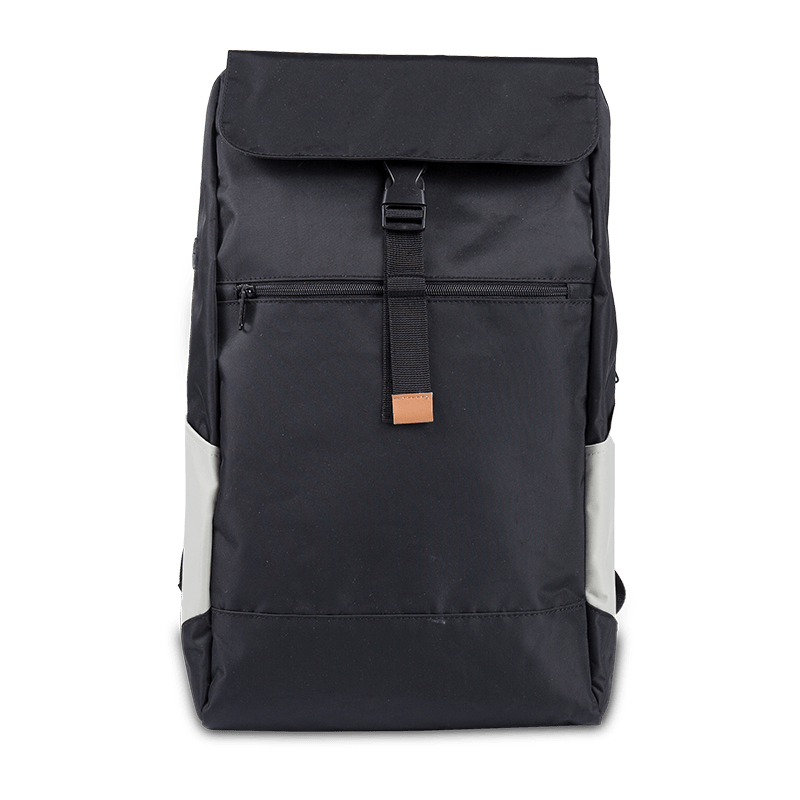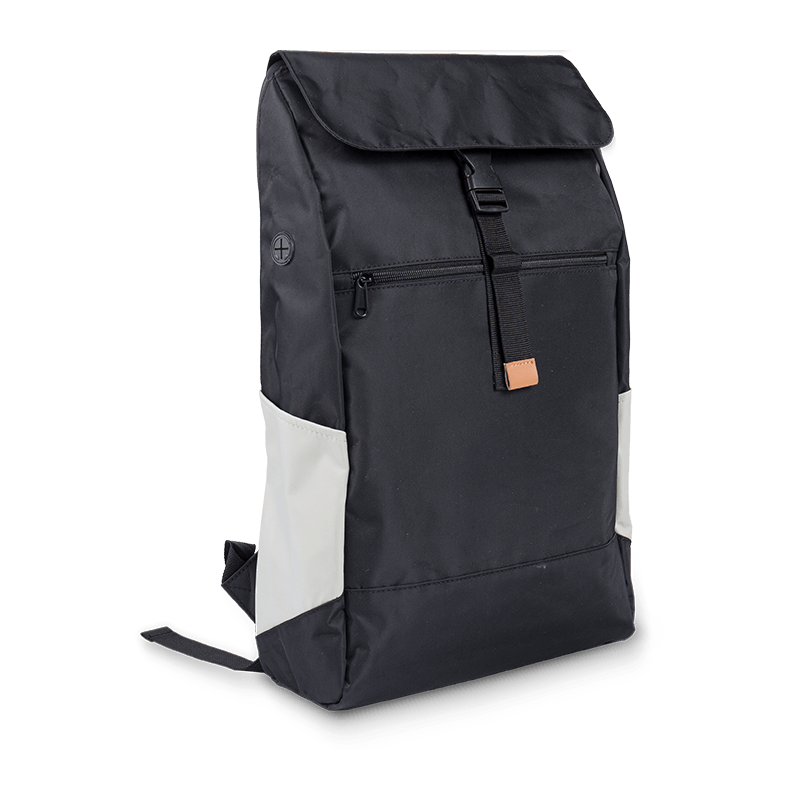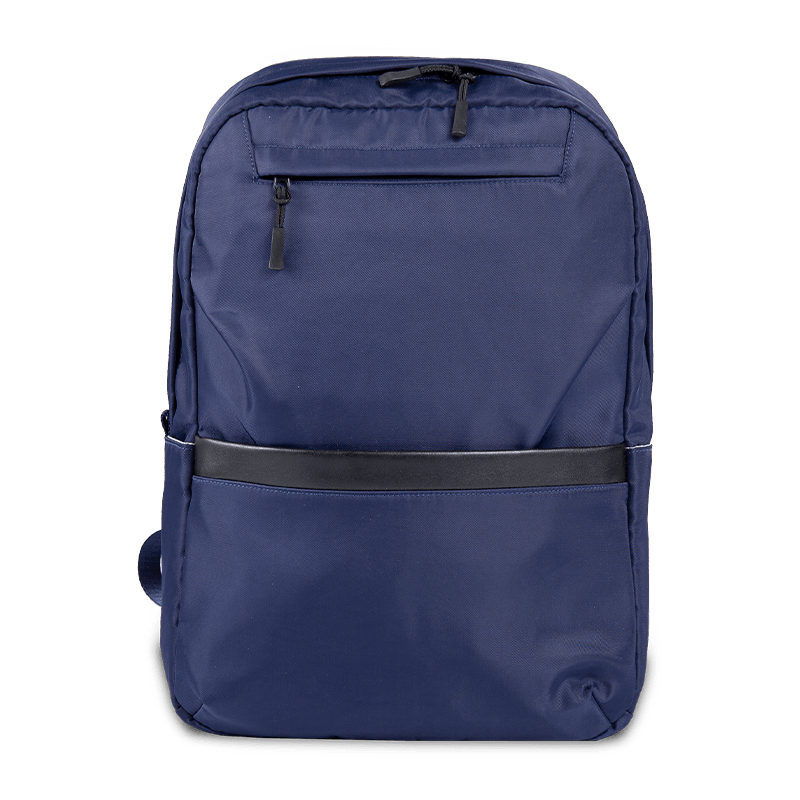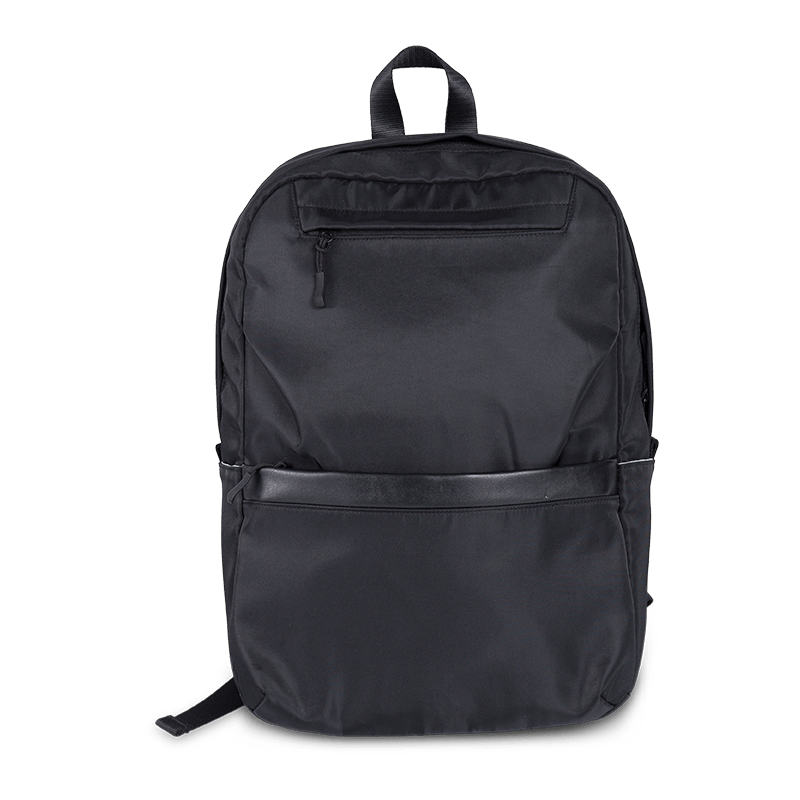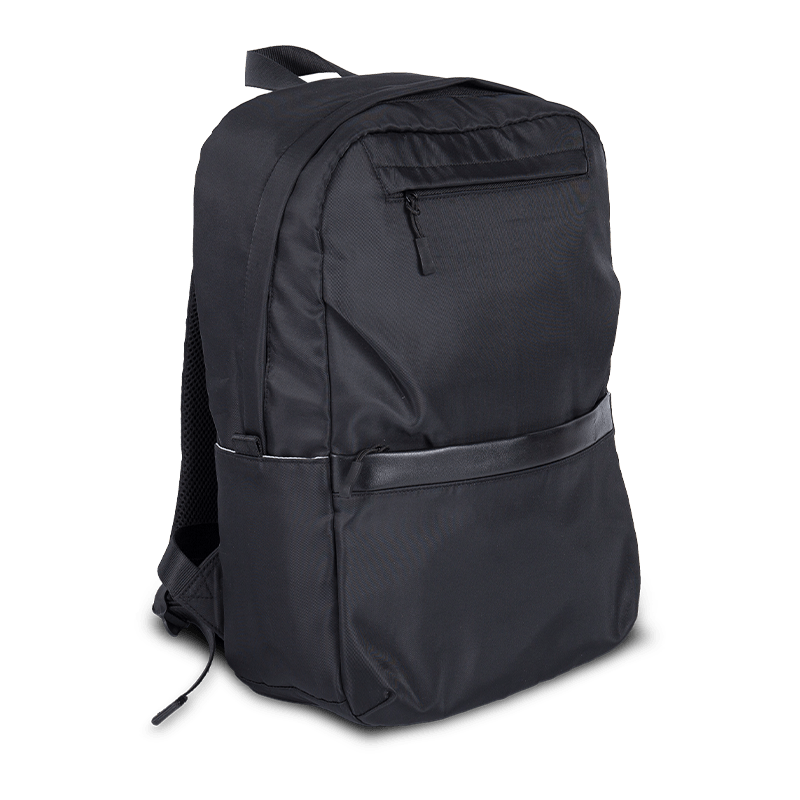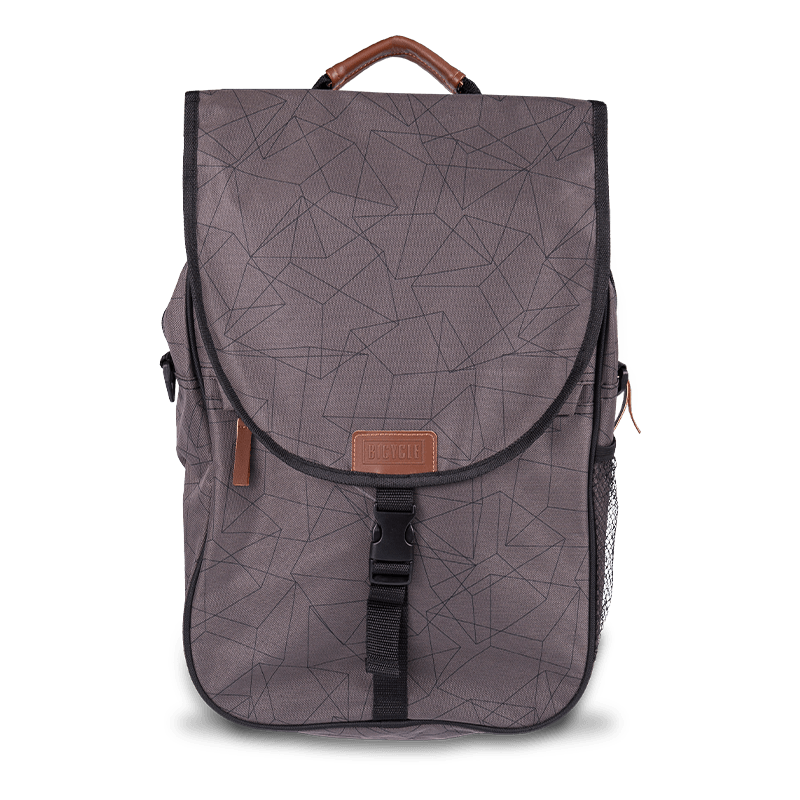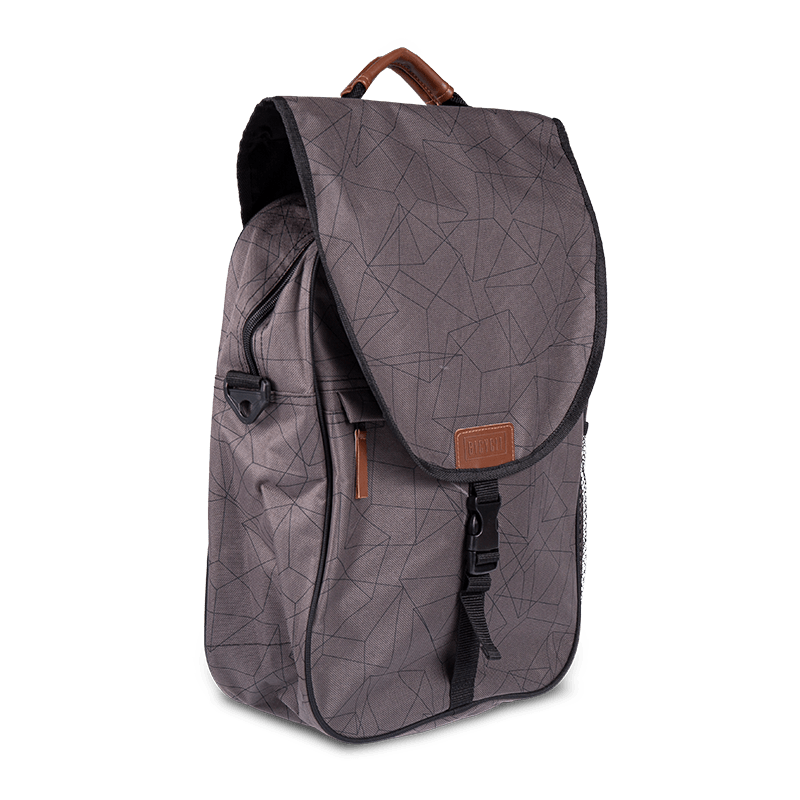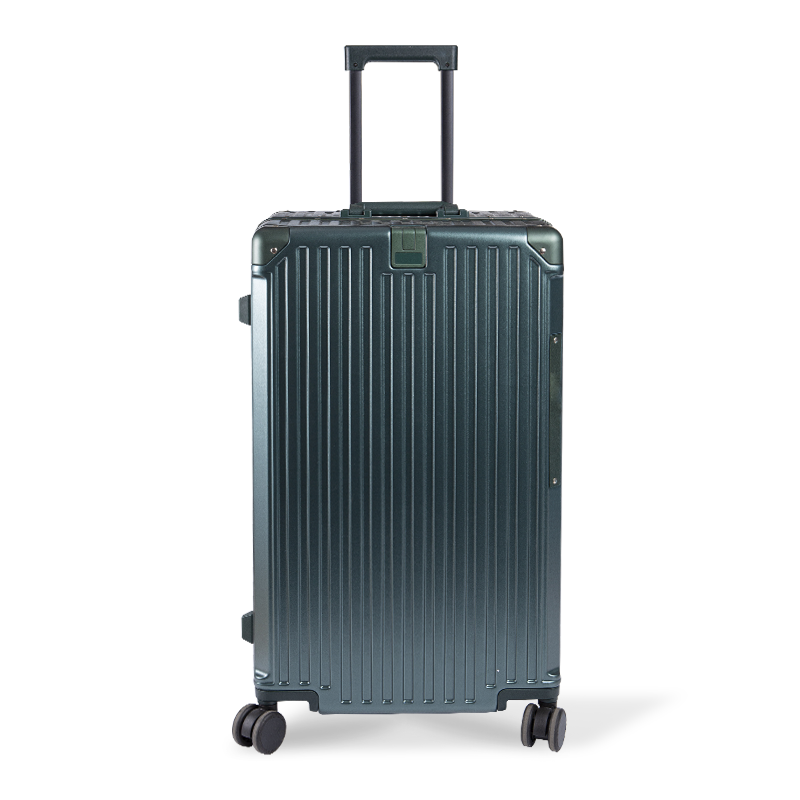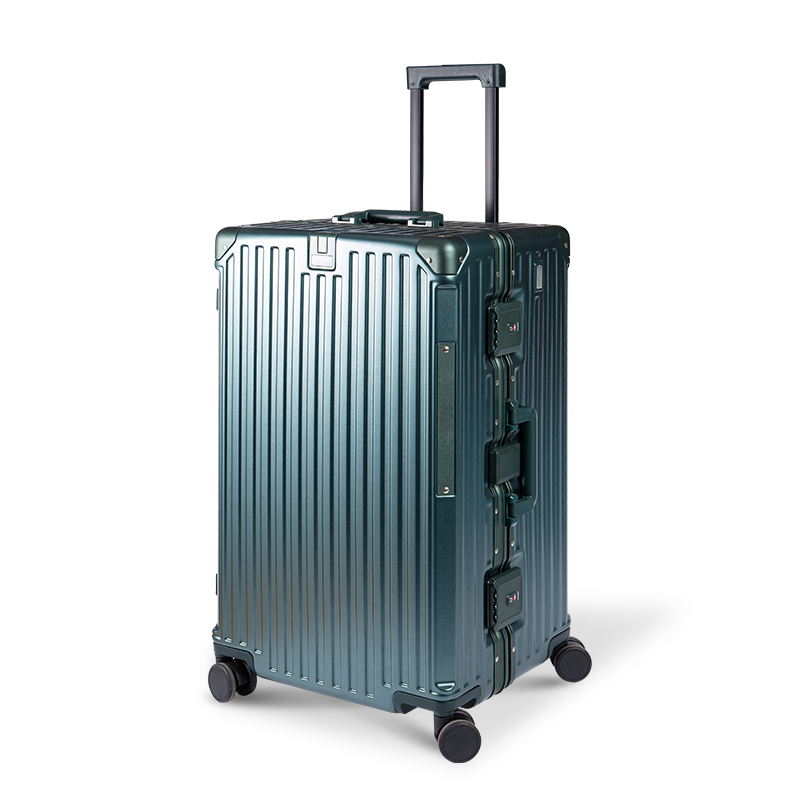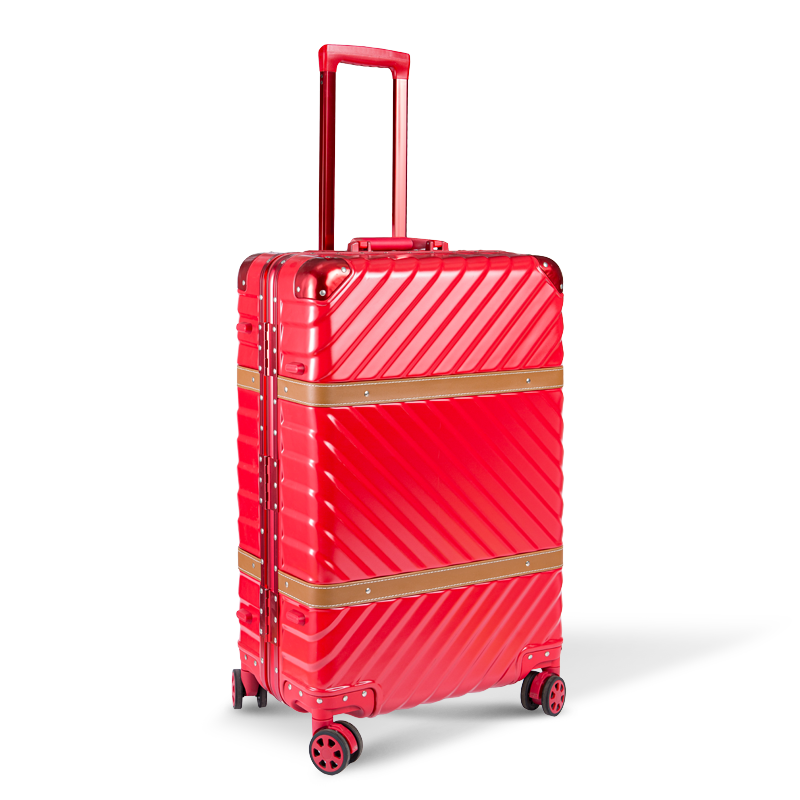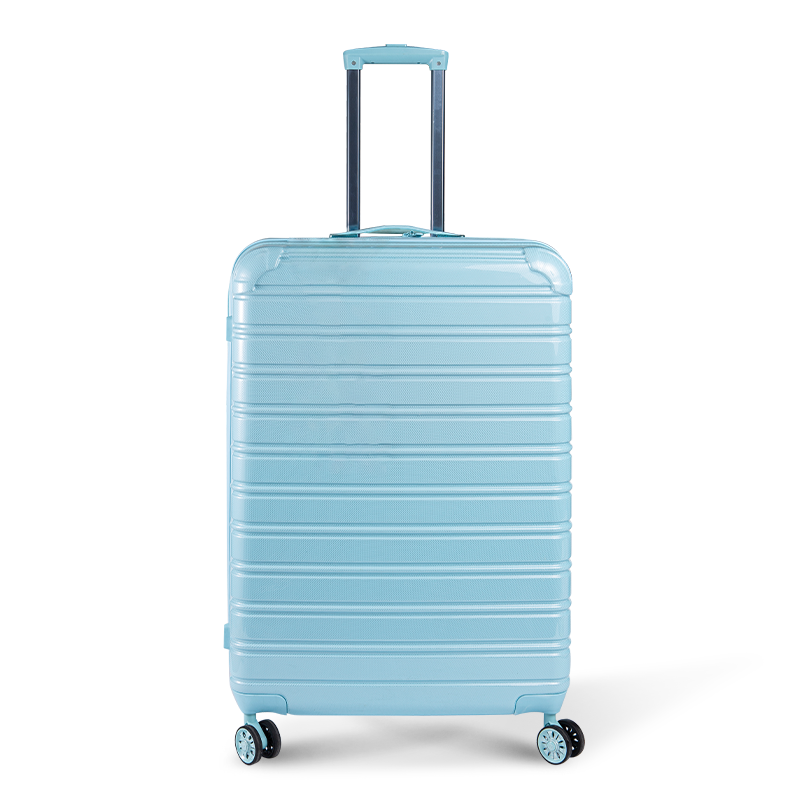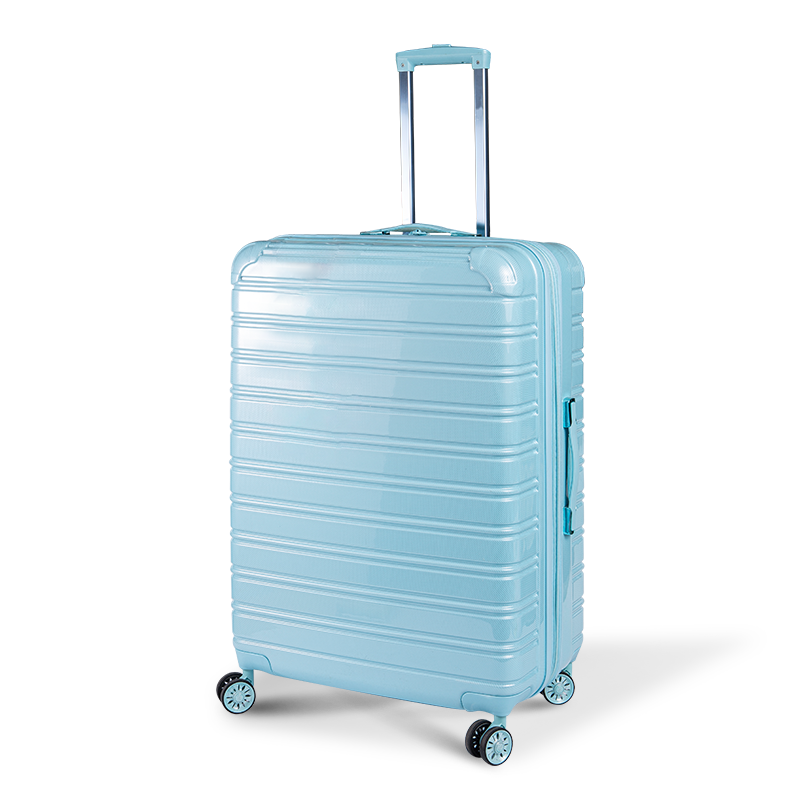In the selection of materials for school bags, waterproof materials and traditional fabrics have always been the focus of designers and consumers. With the accelerated pace of life and the diversification of students' environments, more and more parents tend to choose waterproof school bags for their children. So, are waterproof materials really more suitable for school bags than traditional fabrics? This not only affects the service life of school bags, but also affects students' learning experience and physical health. This article will analyze the advantages and disadvantages of waterproof materials and traditional fabrics in the application of school bags from the aspects of functionality, safety, comfort, environmental protection, etc., and explore their adaptability.
1. Functional advantages of waterproof materials
Waterproof materials, such as coated nylon, polyester or TPU composite fabrics, have obvious advantages in functionality. The most intuitive benefit is that in rainy or humid weather, school bags can effectively block moisture penetration, protect books, electronic devices and homework from getting wet, and reduce the risk of damage to learning materials. Waterproofness is particularly important for students who use modern learning tools such as tablets and electronic dictionaries.
In contrast, traditional fabrics such as canvas or cotton, although soft to the touch and natural and simple, have poor waterproof performance. Once they encounter rain or moisture, they are very easy to absorb water and swell, increasing the weight of the schoolbag and causing the internal items to become damp and moldy. In addition, long drying time will also affect the continuous use of the schoolbag and increase the difficulty of maintenance.
2. Safety and durability of waterproof materials
Most modern waterproof fabrics are treated with special processes and have good tear resistance and wear resistance. This makes student backpacks more durable in daily use. Even if they are frequently used or pulled or rubbed, they are not easily damaged, reducing the frequency of replacement and saving family costs. Traditional fabrics such as pure cotton canvas have loose fiber structures and relatively weak tensile properties. They are easy to deform or even break when bearing heavy book loads.
In addition, some waterproof materials have reflective coatings or night-time visible elements added to the surface to improve students' visibility at night or in poor light environments, thereby improving travel safety, which is a function that is difficult for traditional fabrics to achieve.
3. Comfort and breathability
Although waterproof materials have advantages in functionality and durability, their breathability is often not as good as traditional fabrics. Students carrying school bags for a long time, especially in hot weather or during intense activities, are prone to sweating on the back, affecting comfort. Therefore, high-quality waterproof school bags often use breathable mesh or honeycomb decompression design in the back and shoulder strap area to make up for the lack of breathability.
On the contrary, traditional fabrics such as cotton canvas naturally have good breathability and touch, and the carrying experience is softer and more natural. Therefore, in mild climate conditions or when there is no strong demand for waterproofing, traditional fabric school bags still have certain advantages, especially for students who have high requirements for comfort.
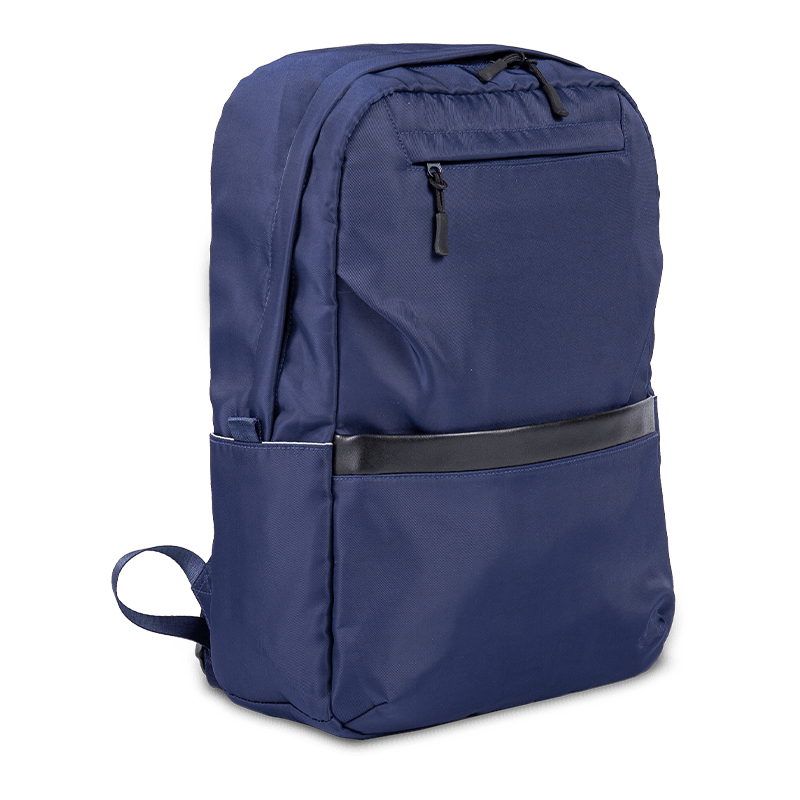
4. Environmental protection and sustainable development considerations
In recent years, with the improvement of environmental awareness, the sustainability of materials has become a new criterion for judgment. Some waterproof materials, especially low-end products containing PVC, produce harmful gases during the manufacturing process, and are not easy to decompose after use and disposal, which burdens the environment. However, there are also manufacturers that use environmentally friendly TPU or recycled polyester materials to make waterproof school bags, taking into account both waterproofness and environmental protection.
Traditional fabrics are mostly natural fibers or recyclable materials, which are eco-friendly. Although they are slightly inferior in waterproof performance, they can also achieve a certain waterproof effect through post-processing (such as waxed canvas), which is suitable for home users who pursue natural environmental protection.
Waterproof materials are indeed more suitable for modern student backpacks than traditional fabrics in terms of functionality, durability and safety, especially in environments with frequent rain, long commutes to school or more electronic products. However, their breathability and environmental protection still have shortcomings. Therefore, the choice of which material should be weighed in combination with the actual use environment, frequency of use and personal needs of students.
The development trend of student backpacks in the future will be more inclined to strike a balance between waterproof performance, breathability, comfort and environmental protection. The continuous innovation of waterproof materials and the widespread use of composite fabrics will make student backpacks more intelligent and humanized, and truly become a comfortable, safe and reliable partner in students' learning life.

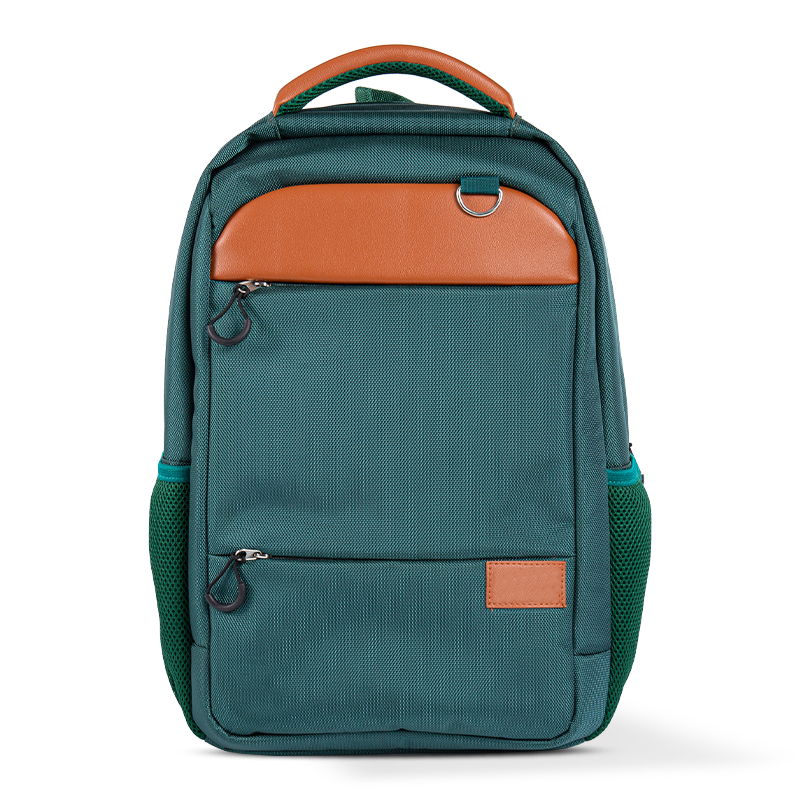

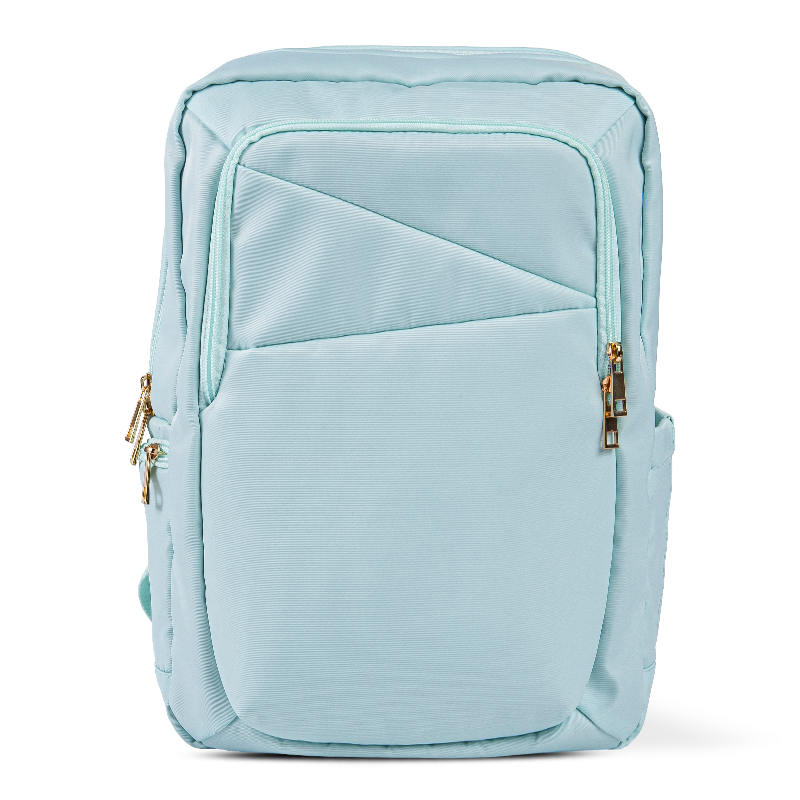
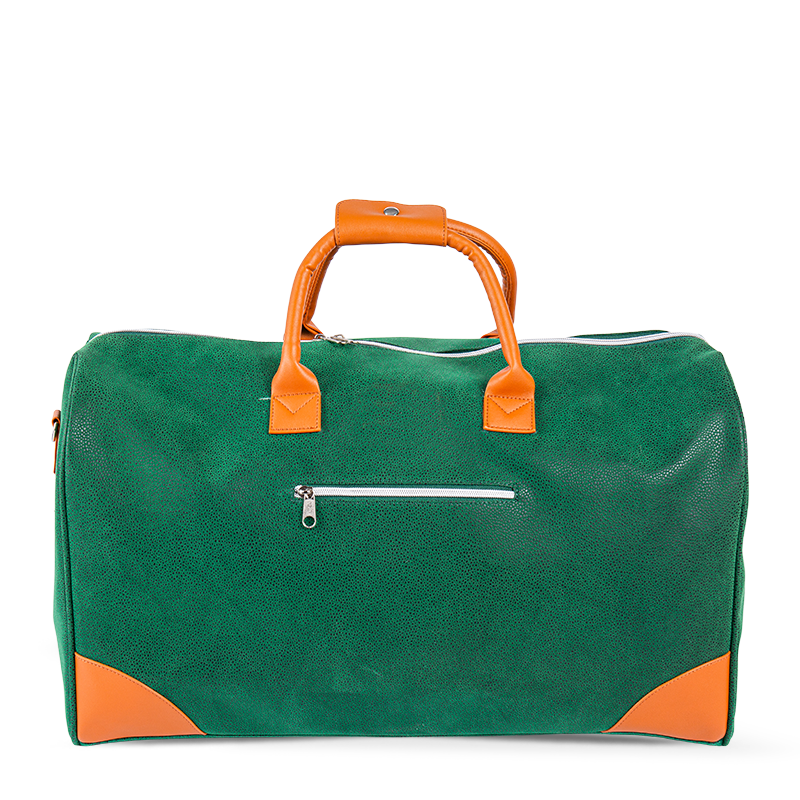
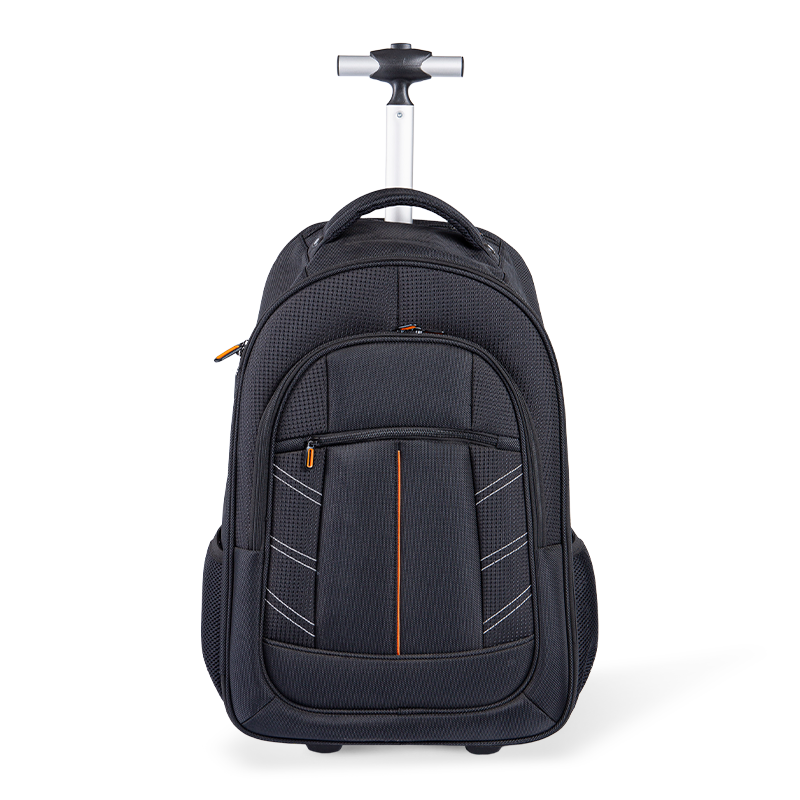

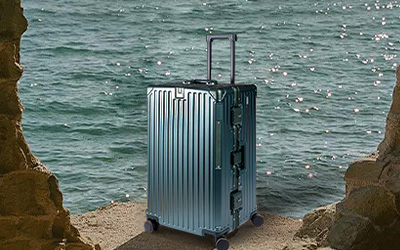
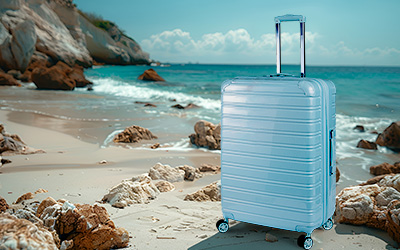
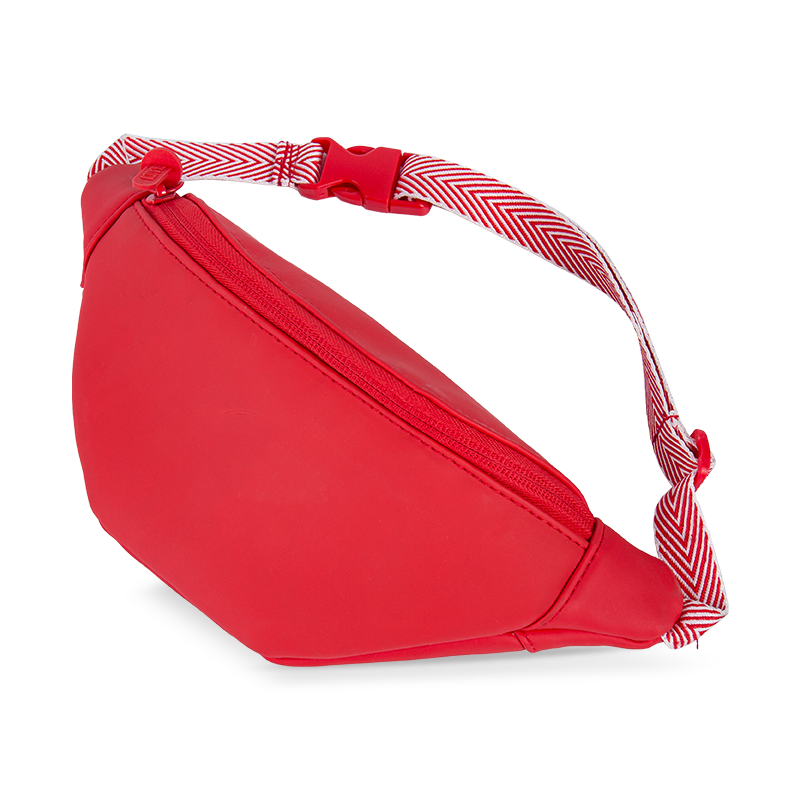
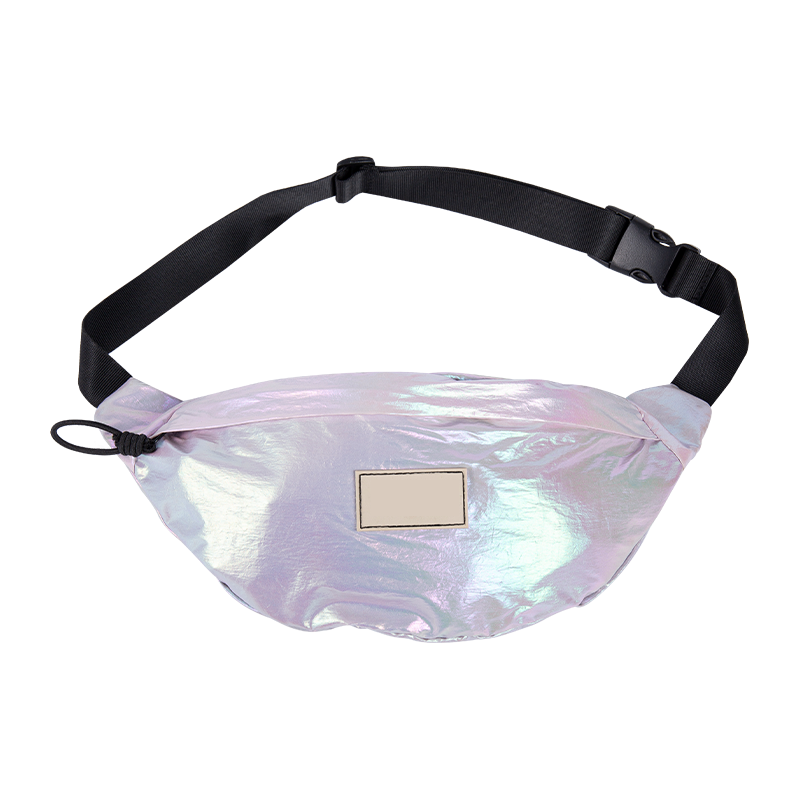
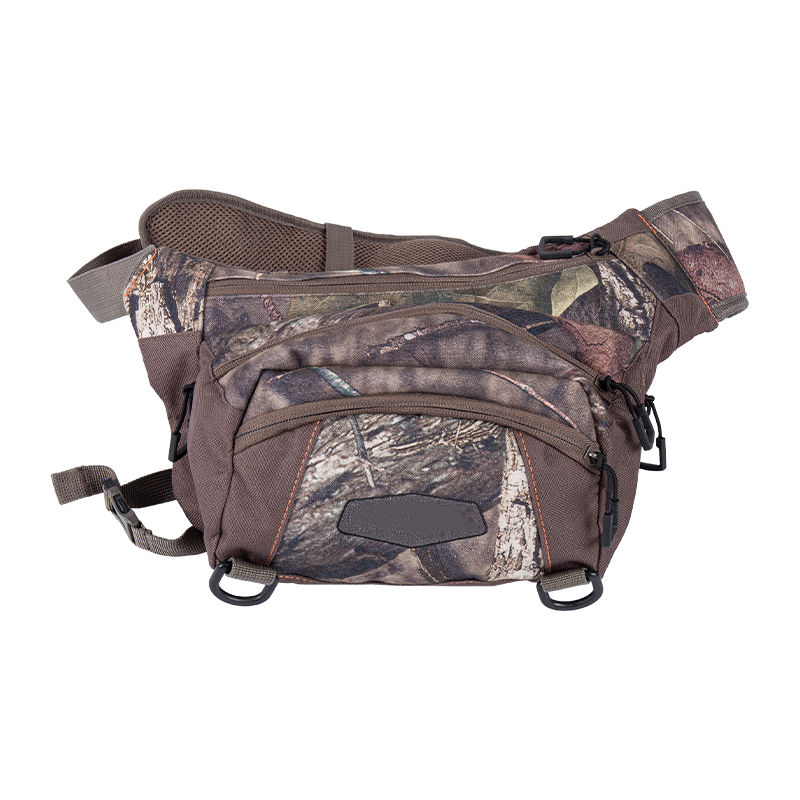
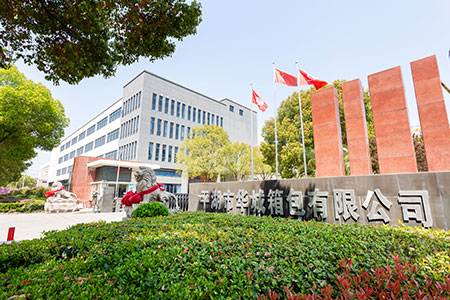


 English
English Español
Español عربى
عربى